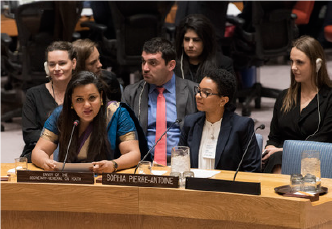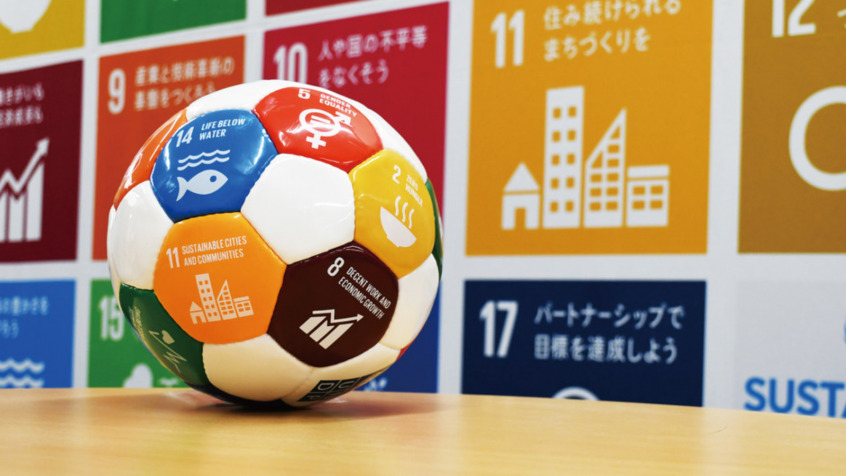The share of Africa’s youth in the world is expected to increase to a staggering 42 percent by 2030 and is projected to continue to grow throughout the remainder of the 21st century, more than doubling from current levels by 2055. Data on direct conflict casualties suggests that more than 90 percent of all deaths occur among young adult males. Today, some 50 percent of the 1.4 billion people living in countries impacted by crises and fragility are under the age of 20. The Security Council has recognized that an estimated 408 million youth (ages 15-29) reside in settings affected by armed conflict or organized violence whereby 1 out of 4 youth globally are affected by armed conflict. These figures are gut-wrenching but indispensable for our understanding of peacebuilding in today’s age. With a global population of over 1.8 billion, young people— though disproportionally affected by armed conflict and organized violence—could potentially employ the unique capacity and ability to take on our planet’s most deep routed conflicts. Their inclusion and leadership are therefore imperative to the successful pursuit of peacebuilding.
Download PDF

 English
English
 Arab
Arab
 Deutsch
Deutsch
 Português
Português
 China
China






